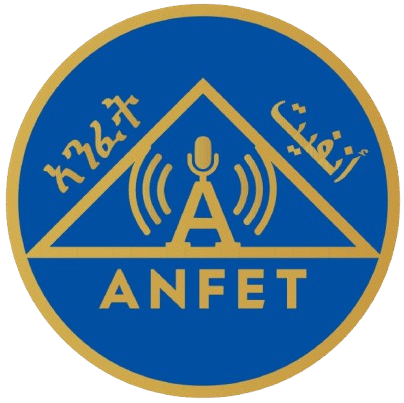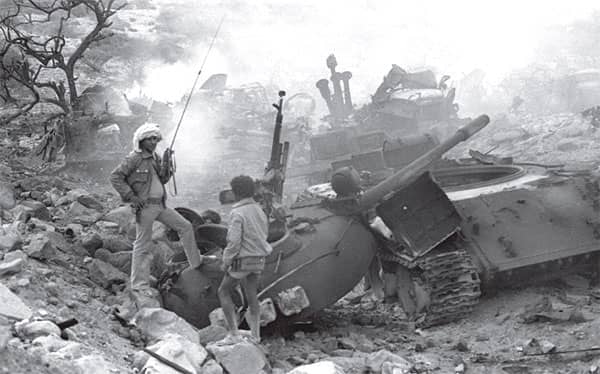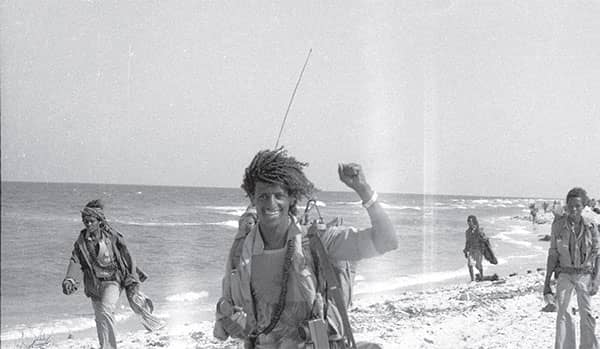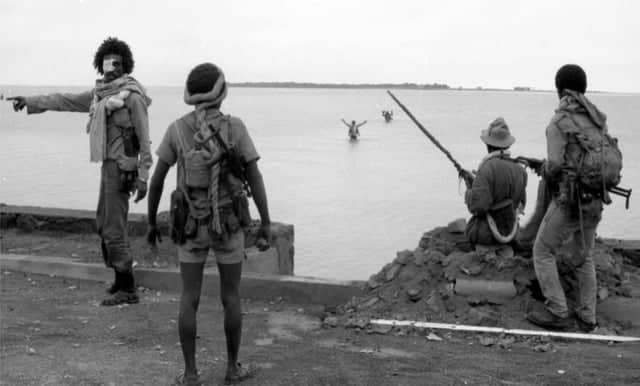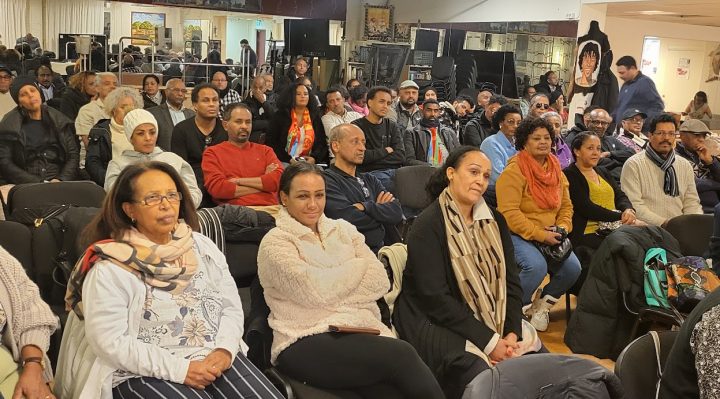
ANFET EDITORIAL APRIL 28, 2025
The inactivity of Eritrean political organizations has led to a troubling stagnation in the country’s opposition landscape. As these organizations falter, media entities have stepped in to fill the void, albeit in a manner that has further complicated the dynamics of leadership and activism. Initially, media organizations sought to promote political groups by closely following their activities and amplifying their messages. However, over time, many media outlets transitioned into quasi-political entities themselves or openly aligned with specific political organizations. This shift has blurred the lines between journalism and political advocacy, creating confusion among the youth.
The younger generation, disillusioned by the inactivity of traditional political organizations, has increasingly turned to media figures for leadership. These “phantom leaders” of the media, despite being in the wrong profession, have inadvertently become the face of opposition for many young Eritreans. In the absence of robust political leadership, the media has emerged as an alternative, albeit an imperfect one. This dynamic has had profound implications for youth movements, particularly Brigade Nihamedu.
Brigade Nihamedu, a youth-driven movement, has found itself relying on media leaders rather than established political organizations for direction and support. This dependency has stifled the emergence of vibrant, independent youth leadership over the past two years. At public events, the movement visibly looks to media figures for guidance, further entrenching the media’s role
as a substitute for political leadership.
Efforts to separate the youth from the older, more mature political organizations have also backfired. Instead of fostering independent leadership, this counsel has led to a complete arrest of progress within the youth movement. The absence of a cohesive strategy and the reliance on media leaders have left the movement fragmented and unable to realize its full potential. The intertwining of media and politics in Eritrea is not without its consequences. One of the most significant impacts has been the erosion of trust in traditional political organizations. As media figures become more prominent and influential, the credibility of established political groups diminishes. This shift not only destabilizes the political environment but also undermines efforts to cultivate genuine political leadership among the youth.
Moreover, reliance on media leaders has led to a superficial understanding of political processes and ideologies. Many young Eritreans, while passionate about change, lack the depth of knowledge and experience that comes from engaging with seasoned political organizations. This superficiality is evident in the rhetoric and actions of youth movements, which often mirror the sensationalism and immediacy of media rather than the strategic and long term planning characteristic of robust political activism.
To address these challenges, there must be a concerted effort to bridge the gap between media influence and political education. Workshops, forums, and mentorship programs can play a crucial role in empowering the youth with the necessary skills and knowledge to navigate the political landscape effectively. Additionally, established political organizations need to adapt and innovate to
remain relevant and appeal to the younger generation. By embracing modern technologies, fostering transparency, and actively engaging with the youth, political organizations can reclaim their position as the cornerstone of opposition in Eritrea.
In conclusion, while the media has inadvertently taken on the mantle of leadership in the absence of active political organizations, this is not a sustainable model for long-term political change. The rejuvenation of political organizations and the empowerment of youth leadership are essential for a thriving and dynamic opposition. Eritrea’s future depends on the synergy between experienced political groups and the passionate, energetic youth, working together towards a common goal of progress and reform.
